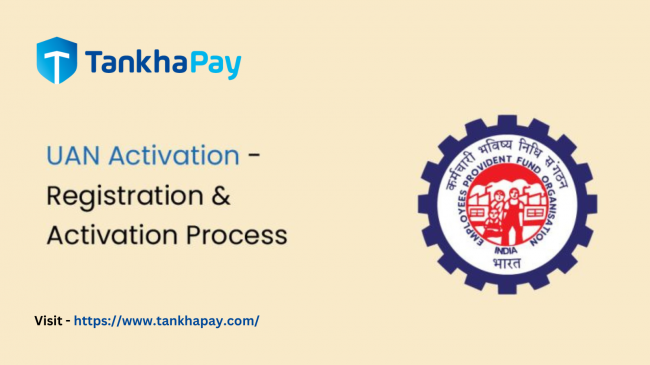
Introduction
In the ever-evolving digital landscape, audio data transcription stands out as a crucial tool for a myriad of industries. From journalists deciphering interviews to medical professionals documenting patient interactions, the process of converting spoken words into written text is more than just a technical task; it's an art that blends accuracy with accessibility. This comprehensive guide delves into the nuances of audio data transcription, exploring its significance, challenges, and the cutting-edge technologies shaping its future.
Understanding Audio Data Transcription:
What is Audio Data Transcription?
Audio data transcription is the process of converting speech or sound recordings into written or text format. This technology has seen rapid development, driven by advances in AI and machine learning. It's not just about capturing words verbatim but also about understanding context, nuances, and even the speaker's emotions.
The Evolution of Transcription Technology:
From manual transcription to sophisticated AI-driven tools, the evolution of transcription technology is a tale of innovation and improvement. Early methods required painstaking efforts from stenographers, whereas modern tools employ complex algorithms to provide accurate and swift transcriptions.
The Significance of Audio Data Transcription
- Unleashing the Power of Spoken Word: Audio data transcription serves as a bridge between verbal communication and written records. This conversion is vital for preserving the authenticity of conversations, speeches, and meetings, ensuring that the spoken word's nuances are not lost in translation.
- Enhancing Accessibility: Transcriptions make audio content accessible to individuals with hearing impairments, offering inclusivity in information dissemination. Moreover, they provide a means for non-native speakers to better understand and engage with audio materials.
- Boosting SEO and Online Presence: In the digital age, text content reigns supreme in search engine optimization (SEO). Transcribed audio content can significantly enhance a website's visibility, attracting a broader audience and improving search rankings.
The Significance of Transcription in Today's World:
Wide-Ranging Applications:
From legal proceedings and medical records to academic research and media production, the applications of audio data transcription are vast. It opens up avenues for accessibility, data analysis, and content repurposing across various industries.
Enhancing Accessibility:
Transcription plays a crucial role in making content accessible to individuals with hearing impairments. It also aids in language translation and understanding for non-native speakers, thereby breaking down communication barriers.
Challenges in Audio Data Transcription
- Dealing with Diverse Accents and Dialects: Audio transcriptions must accurately reflect varied accents and dialects, a task that demands a keen ear and a deep understanding of linguistic nuances.
- Technical Jargon and Industry-Specific Terminology: Transcribing technical discussions or industry-specific dialogues poses a unique challenge, requiring transcribers to be well-versed in specialized vocabularies.
- Background Noise and Poor Audio Quality: Often, audio recordings are marred by background noise or low-quality sound, making transcription a meticulous task that requires patience and skill.
Technological Aspects of Audio Transcription:
The Role of AI and Machine Learning:
AI and machine learning are at the forefront of transforming audio transcription. These technologies enable the recognition of different accents, dialects, and even the speaker's sentiment, making transcriptions more accurate and context-aware.
Challenges in Audio Transcription:
Despite advancements, challenges remain, such as dealing with background noise, multiple speakers, and varying speech patterns. Tackling these issues requires ongoing refinement of algorithms and models.
The Role of Technology in Audio Transcription
- Automated Transcription Software: Cutting-edge software now offers automated transcription services. These tools employ artificial intelligence (AI) and machine learning algorithms to convert speech to text, constantly evolving to improve accuracy and speed.
- Customization and Adaptability: Advanced transcription software can be tailored to recognize specific terminologies and accents, making them versatile tools for various industries.
- Human Intervention: The Key to Precision: Despite technological advancements, human transcribers remain indispensable. Their ability to interpret context, manage ambiguities, and ensure the transcription's fidelity is unmatched by AI alone.
Practical Applications and Case Studies:
Transcription in the Legal Field:
Explore how transcription is revolutionizing legal proceedings and documentation, ensuring accuracy and easy access to records.
Medical Transcription's Impact:
Examine the role of transcription in medical documentation, enhancing the efficiency and accuracy of patient records.
Academic and Media Use-Cases:
Discover how transcription aids in research and media production, facilitating content analysis and repurposing.
Technological Innovations Driving Transcription Efficiency
- AI and Machine Learning: The integration of AI has revolutionized transcription with improved accuracy and speed.
- Voice Recognition Advancements: Enhanced algorithms can now better handle accents, dialects, and specialized vocabularies.
- Automated Transcription Software: Tools like Otter.ai and Dragon NaturallySpeaking provide efficient transcription solutions for various needs.
Ethical Considerations and Future Outlook:
Privacy and Security in Transcription:
Address the vital concerns of privacy and security in handling sensitive audio data, emphasizing the need for stringent data protection measures.
The Future of Transcription Technology:
Predictions and trends for the future of audio data transcription, including the potential for real-time translation and even more advanced AI capabilities.
Ethical Considerations and Best Practices in Transcription
- Confidentiality and Data Security: Adhering to data protection regulations is crucial in handling sensitive audio files.
- Quality Assurance: Implementing a robust quality check process ensures the accuracy and reliability of transcriptions.
- Ethical AI Use: Ensuring AI tools are used responsibly, avoiding biases in voice recognition and transcription.
The Future of Audio Data Transcription
The future of audio data transcription is an exciting amalgamation of human expertise and AI innovation. As AI continues to advance, the integration of automated tools with human oversight promises more efficient, accurate, and accessible transcriptions. This synergy is not just about converting speech to text; it's about capturing the essence of human communication and preserving it for posterity.
Conclusion
Audio data transcription is an essential yet intricate component of our digital world. Its ability to transform spoken words into written text serves not just a practical purpose but also bridges communication gaps, ensuring inclusivity and accessibility. As we continue to advance in technology, the art of transcription will remain a testament to the power of human language and the importance of preserving our spoken heritage. Audio data transcription, a blend of art and science, is an indispensable tool in our increasingly digital world. As technology continues to evolve, it's essential to stay abreast of the latest advancements and challenges in this field. Whether for enhancing accessibility, improving data analysis, or repurposing content, understanding and utilizing audio data transcription effectively can unlock new potential for individuals and organizations alike.














